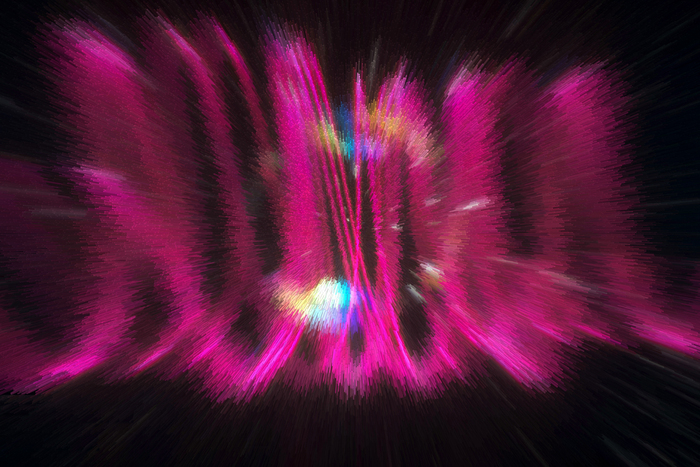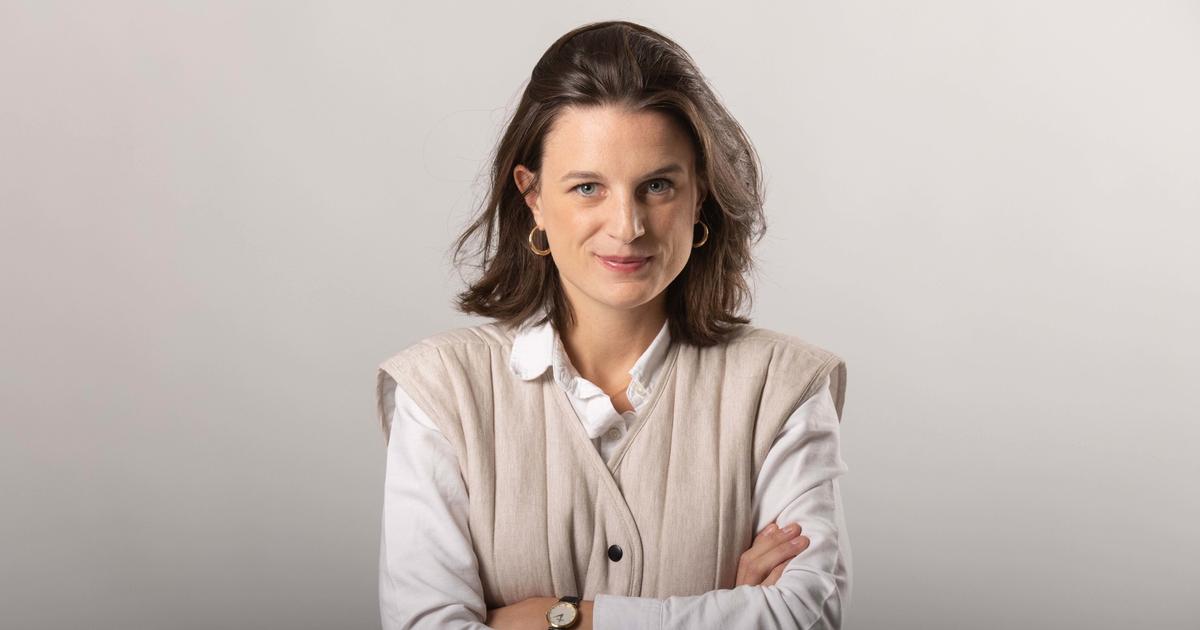A 'crazy' theory: in the Nobel conference broadcast online today, Giorgio Parisi defined the theory he developed in 1979 and which for the first time identified the regularities that allow us to study in a large number of complex systems, and which today it is applied in the most diverse fields, from physics to biology, up to artificial intelligence.
Remotely taped due to the pandemic, the lecture was broadcast this morning on the Nobel Foundation website. With the simplicity that distinguishes him, but with a language that is at times decidedly technical imposed by the circumstance, Parisi told the story of research on complexity as a bumpy path: the challenge was to find a way to orient oneself in what the physical models described as a "corrugated landscape", made up of mountains and deep valleys. The road is known today as 'Parisi's theory', or 'theory of multiple equilibria', as the Nobel laureate preferred to call it in his lecture.
He elaborated it in 1979, "after repeating the calculations countless times", but only after three years did it become clear to Parisi the profound significance that his results had for physics. It was then seen that his theory was a veritable "cornucopia" of possible applications.
Only twenty years later, "the mathematicians came to the rescue", definitively proving that Parisi's theory was correct. The applications outside of physics are even more numerous and diverse: from artificial neural networks to learning, up to neurobiology and computer science.
The names of the 317 researchers with whom Parisi collaborated and whom he thanked in his Nobel lecture (source: Giorgio Parisi)
It was a difficult road, which Parisi traveled in the company of 317 colleagues, who thanked everyone in the image that includes all their names, the size of which corresponds to the number of collaboratively written works.
Among all, the name of the theoretical physicist Enzo Marinari stands out, who with Parisi wrote more than one hundred scientific papers and who presented the Nobel research at the award ceremony which took place on 6 December at the Sapienza University of Rome.

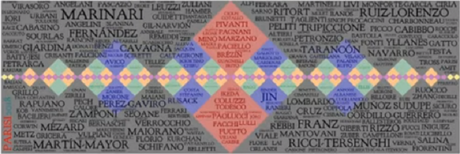
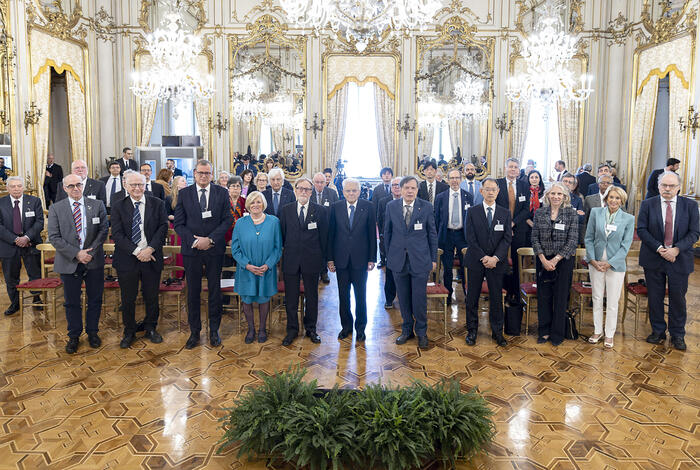
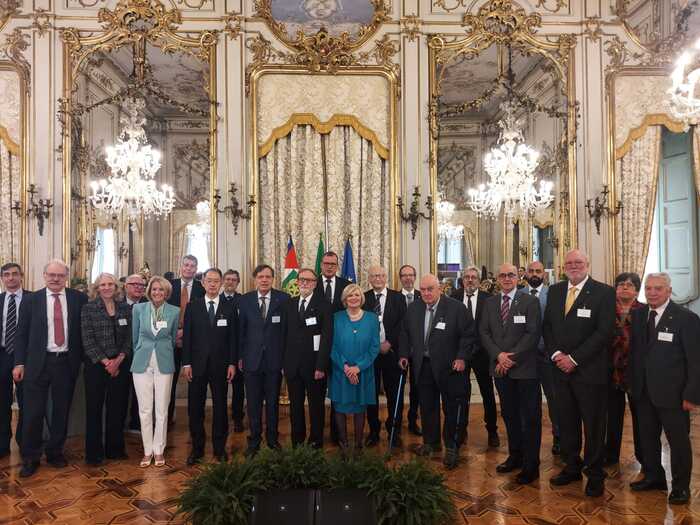
/cloudfront-eu-central-1.images.arcpublishing.com/prisa/WWFMH3RJQFHGDLP4L4JLWOGC6Y.jpg)
